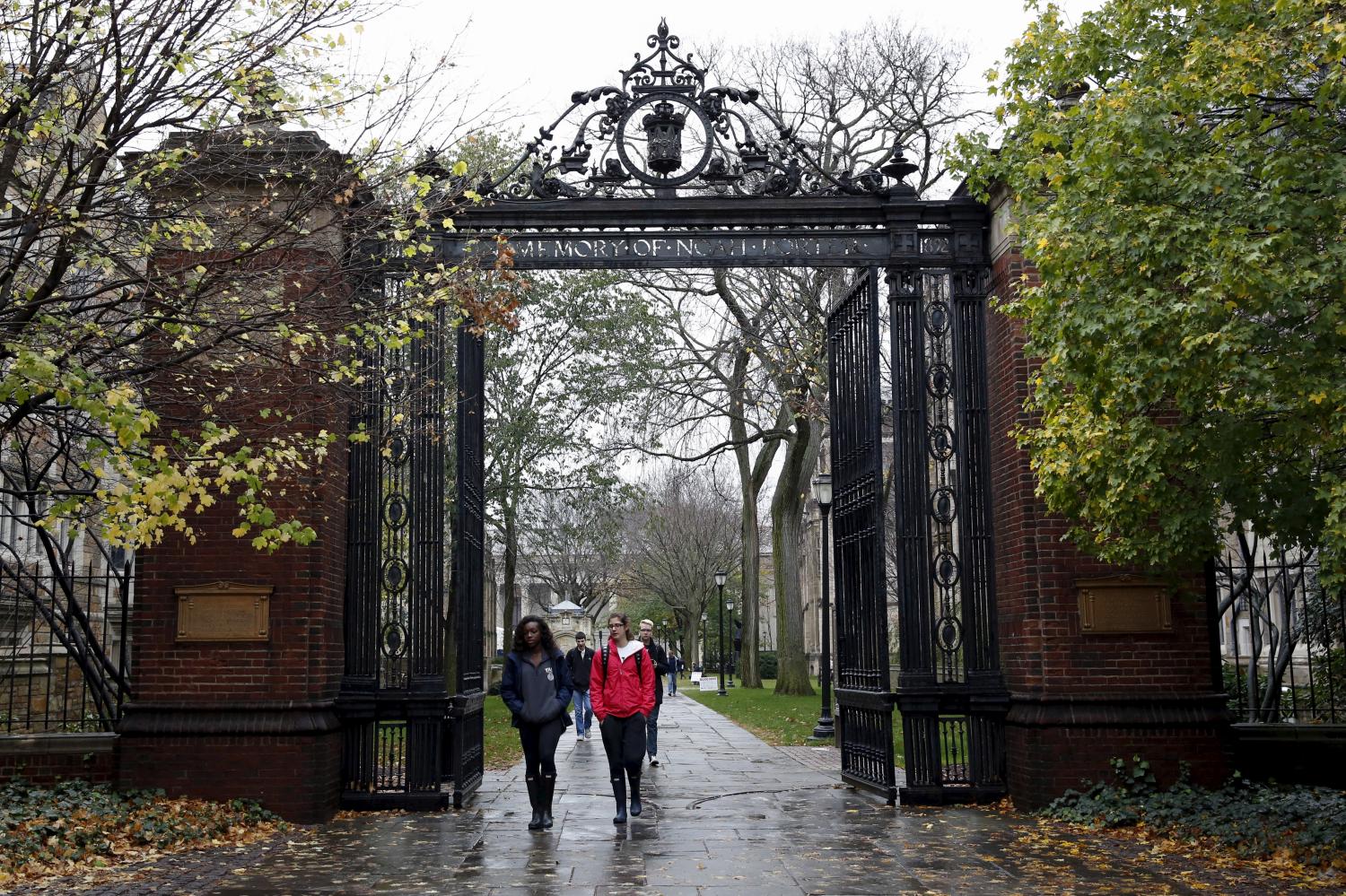To make college more affordable for low-income students we need to rethink what “college” means. The system needs much more than tweaks in financing or regulation; it requires an entirely different business model.
Today, a student typically moves away from home for some years and chooses from a limited set of courses at a costly brick-and-mortar institution. Imagine instead a “general contractor” model of college, in which the contractor assembles a collection of courses from different places and delivers them in different ways. The contractor’s (college’s) role in this model is assembly and quality control, rather than running an institution.
This model would also allow for much greater customization, with degrees better tailored to the student’s interests and needs—as well as their home and employment situation.
What might this look like?
- Some college level courses taught during high school. Minnesota is among the states offering “concurrent enrolment,” so students gain both high school and college credit. This enables students to reduce costs by shortening their time away at college and gives them a valuable early taste of college-level classes—making the transition to college easier.
- More use of online material. The growing sophistication of massive open online courses (MOOCs) and other online services means an increasing amount of college material is available at little or no cost. Some tech companies, like Google, are even combining online courses into “microdegrees”—essentially complete majors.
- Degrees based on performance rather than “seat time.” Certifying progress on successfully completing course work and examinations, rather than in-class credit hours, means students can take courses in non-college settings. In Britain, the City & Guilds system designs courses and examinations that can be taken at any approved location, such as at a high school after hours or at a student’s place of employment. Completed courses are credentialed by City & Guilds. Unfortunately, federal accreditation in America—a requirement for student aid—is based on approving institutions rather than credentialing courses. That could change as common credentialing standards develop in the U.S.
- New ventures assembling customized, low-cost course packages. Some innovative existing colleges are already partly adopting a general contractor role, using their existing brand as the mark of quality. Southern New Hampshire University now offers a range of ways to obtain a degree at different prices, including a purely online degree in partnership with employers for just $2,500 per year. Others have contracted with leading online providers to deliver courses at a sharply reduced cost. In the future, expect information companies like Google to consider entering the college business by contracting with multiple providers—a “Google Degree,” perhaps?
From telephones to music, information industries have been experiencing waves of disruptive innovation. Business models have radically changed. Prices have gone down; service has improved. The biggest gainers have been Americans with limited income. As disruptive innovation seizes higher education, it is low-income students who have the most to gain in quality and cost.
Up next: Beth Akers on income-sharing agreements.
The Brookings Institution is committed to quality, independence, and impact.
We are supported by a diverse array of funders. In line with our values and policies, each Brookings publication represents the sole views of its author(s).









Commentary
Rethinking college: Disruptive innovation, not reform, is needed
October 23, 2015